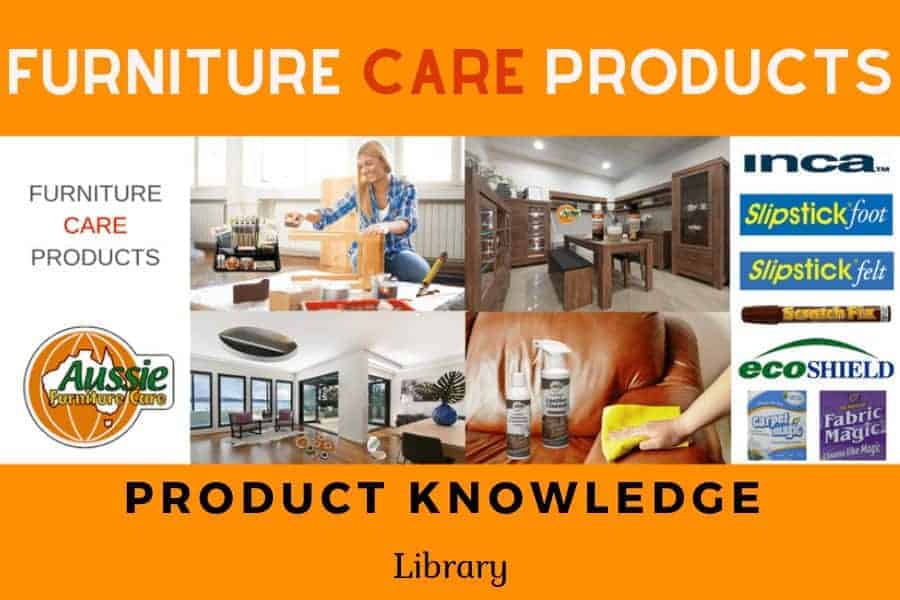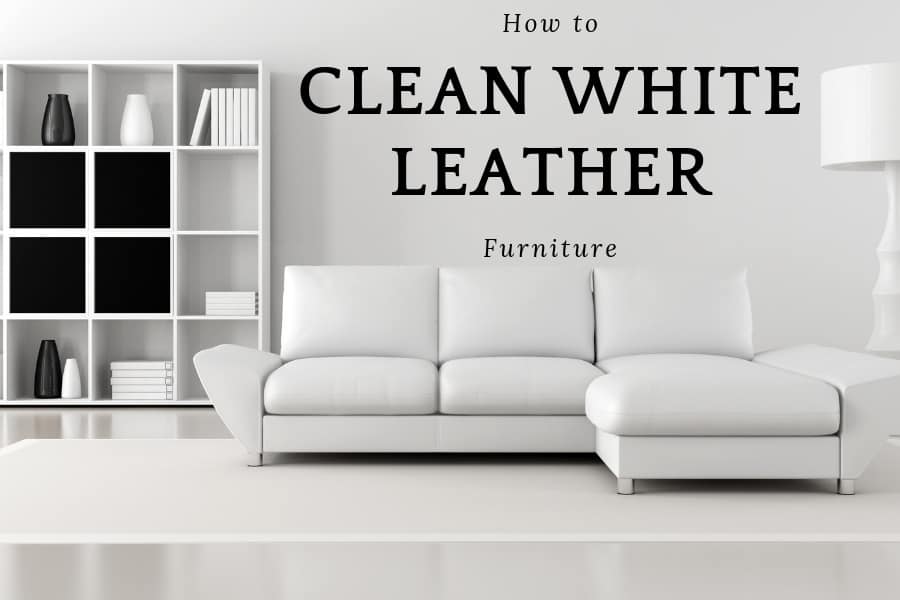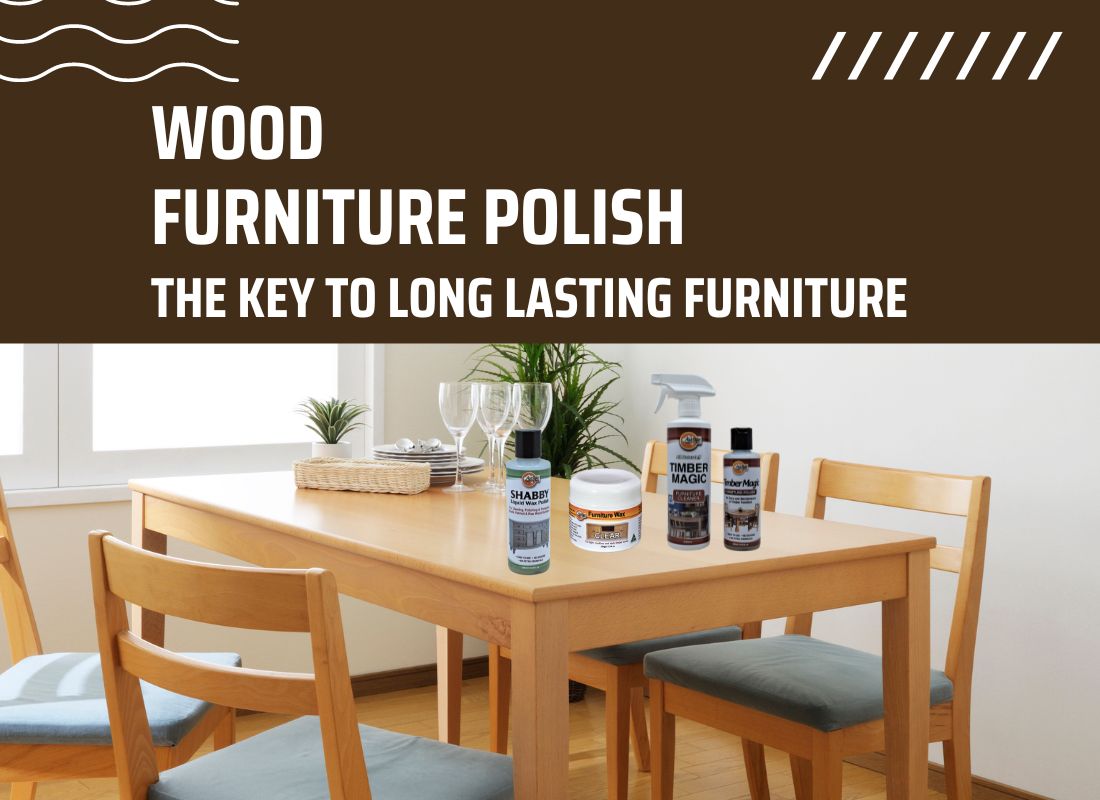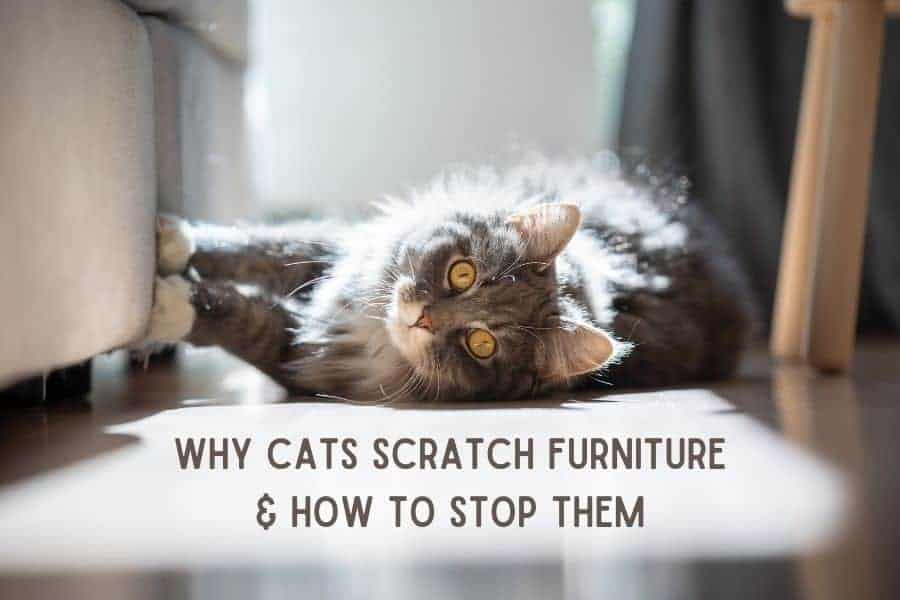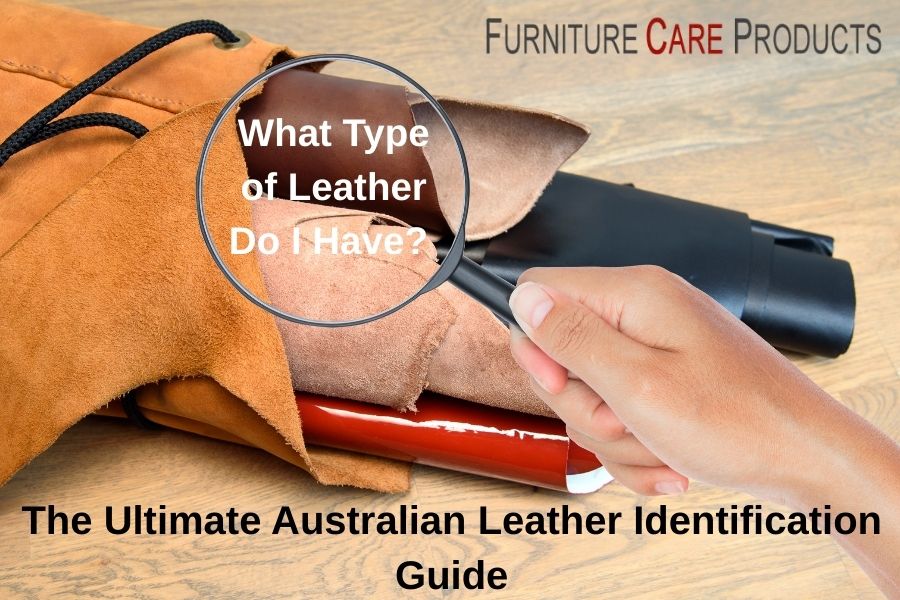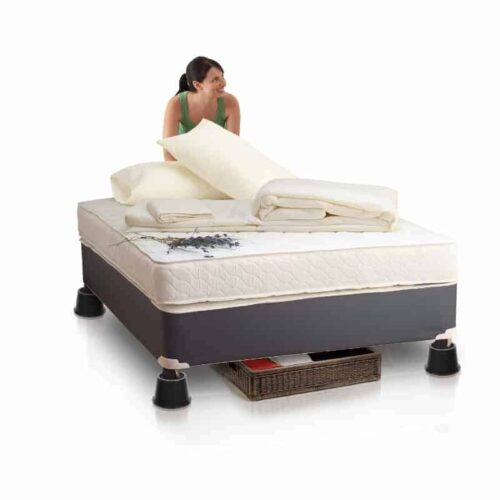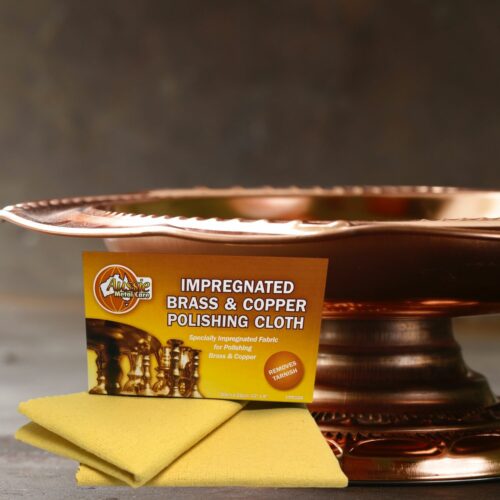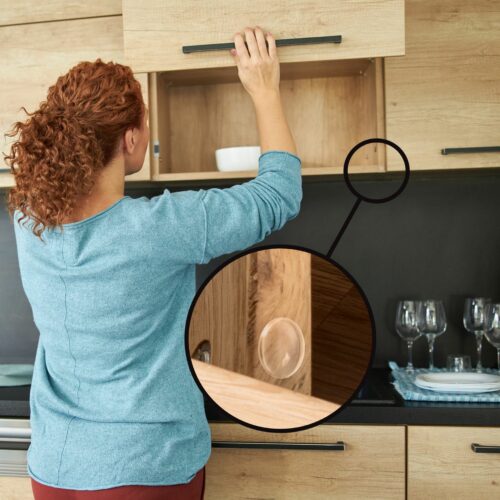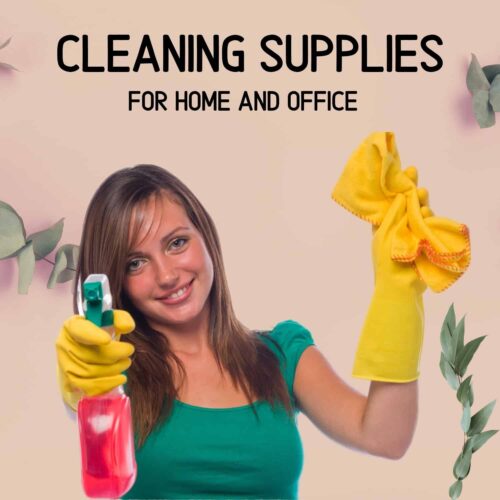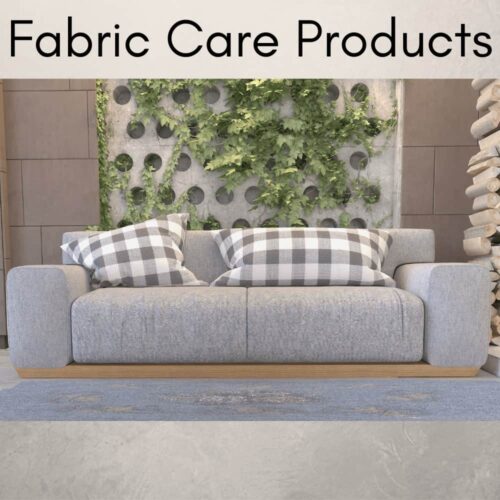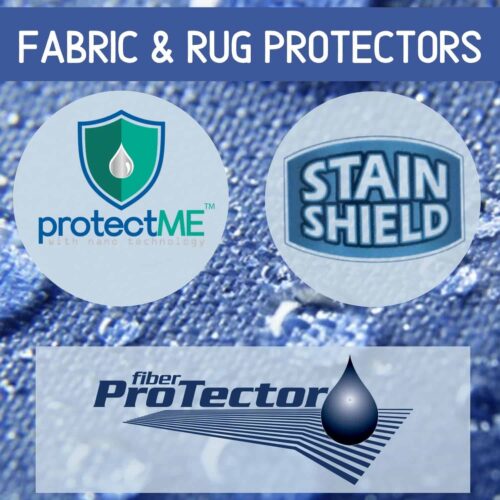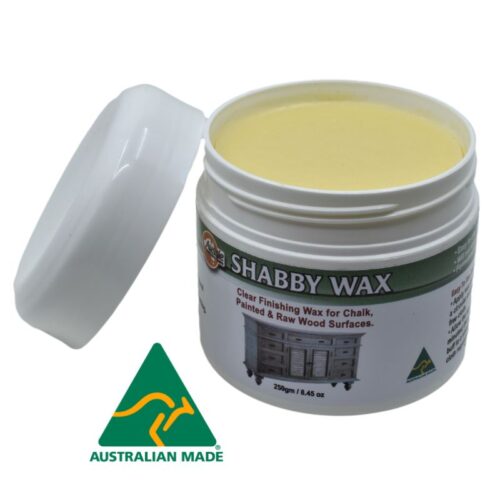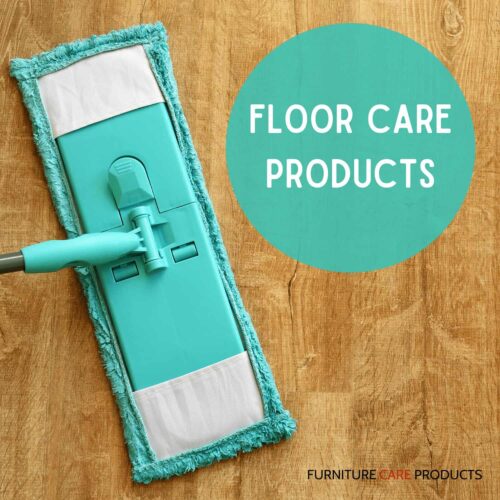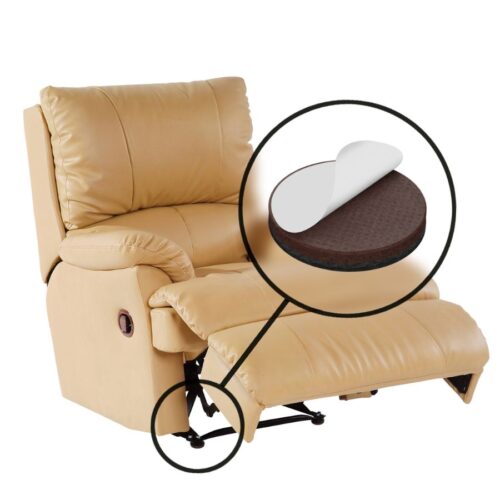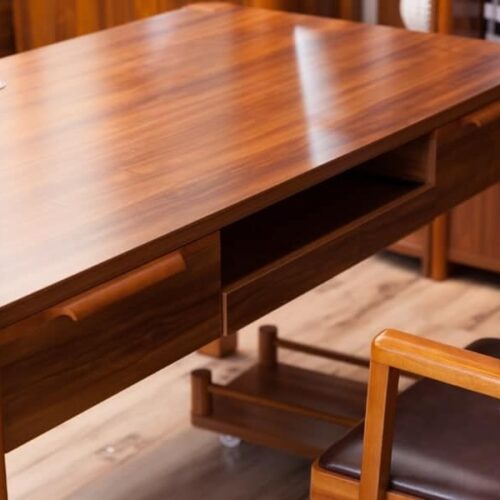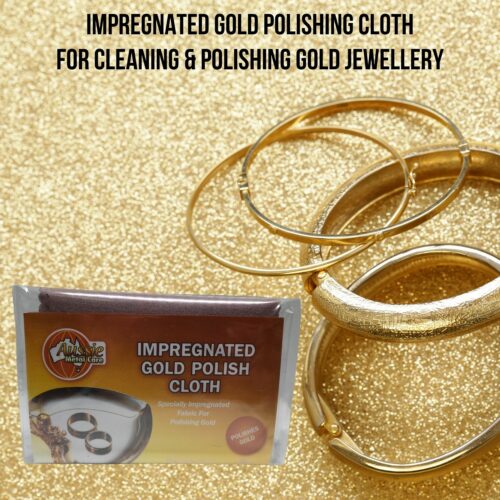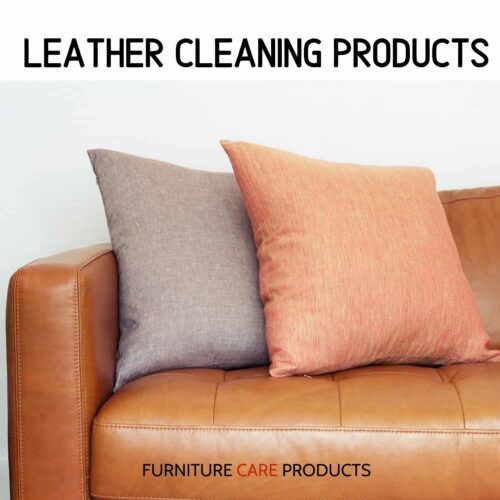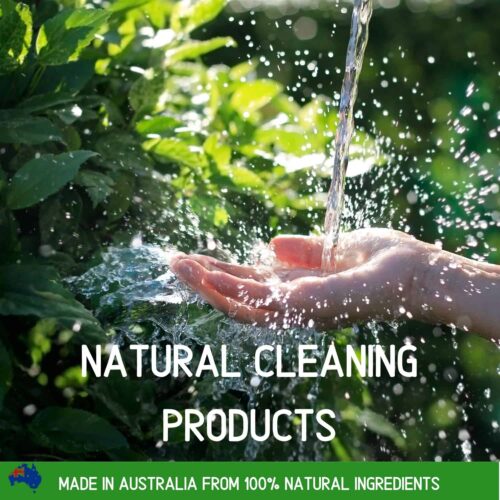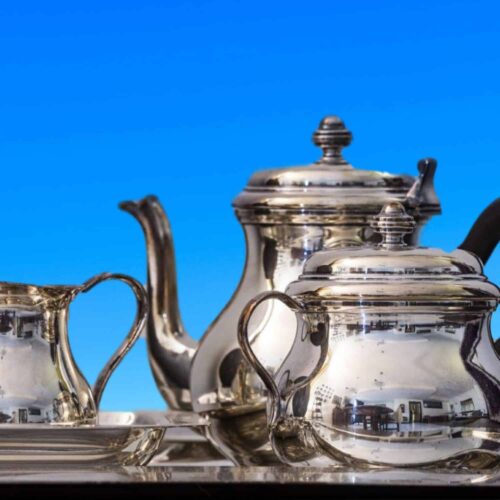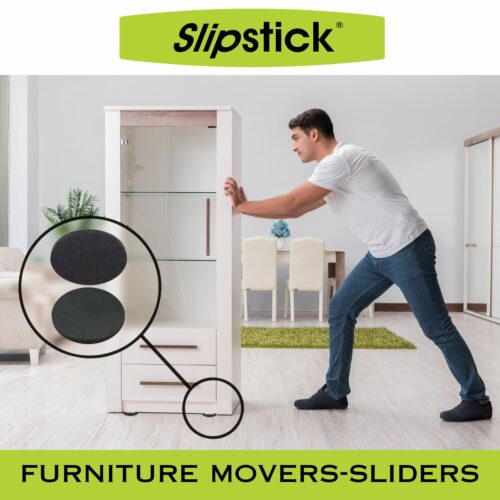Leather Care Myth Busting Guide
If you’re using baby wipes on your leather sofa, you’re destroying it – and that’s just the beginning.
After helping thousands of Australian households save their leather furniture over the past decade, we’re constantly shocked by the damaging myths that persist. In fact, our research shows that 80% of Australians are unknowingly damaging their $3,000+ leather sofas with products and techniques that seem harmless but are actually catastrophic.
Today, we’re pulling back the curtain on the leather care industry and revealing the truth about what’s really happening to your furniture – and more importantly, how to fix it before it’s too late.
Quick Navigation
- Myth 1: Baby Wipes Are Safe for Leather
- Myth 2: Eucalyptus Oil is Natural, So It’s Safe
- Myth 3: Olive Oil Conditions Leather
- Myth 4: Silicon Spray Protects Leather
- Myth 5: All-Purpose Cleaners Work on Everything
- Myth 6: More Water Means Cleaner Leather
- Myth 7: Monthly Conditioning is Best
- Myth 8: Heat Helps Leather Dry Faster
- Myth 9: Australian Sun Won’t Damage Indoor Furniture
- Myth 10: New Leather Doesn’t Need Care
- Myth 11: Spot Cleaning Saves Time
- Myth 12: Supermarket Sprays Are Just as Good
- Myth 13: Professional Cleaning is Always Necessary
- Myth 14: Saddle Soap Works on All Leather
- Myth 15: Plastic Covers Protect Stored Leather
Myth 1: Baby Wipes Are Safe for Leather (The $3,000 Mistake)
This is the most expensive myth in Australian homes. We see it everywhere from Bondi to Brisbane – parents reaching for baby wipes to clean their leather sofas because “if it’s safe for baby’s skin, it must be safe for leather.”
Here’s the devastating truth: Baby wipes contain alcohol, fragrances, and preservatives that strip away leather’s protective coating. That “clean” feeling you get? That’s actually your leather’s natural oils being dissolved.
“I used baby wipes on my Nick Scali sofa for two years. It started sticky, then cracked, and now it’s peeling. The replacement cost? $4,500.” – Sarah M., Melbourne
What Baby Wipes Actually Do to Leather:
- Remove the protective finish in 3-6 months
- Cause premature cracking and peeling
- Create sticky residue that attracts dirt
- Void your furniture warranty instantly
- Accelerate colour fading by 60%
✅ What to Use Instead: A proper pH-balanced leather cleaner like our AFC Leather Cleaner, or simply a barely damp microfibre cloth with distilled water for light cleaning.
Myth 2: Eucalyptus Oil is Natural, So It’s Safe (The Aussie Epidemic)
Ah, eucalyptus oil – the great Australian cure-all. We put it on everything from insect bites to sticky residue, so surely it’s perfect for leather care, right?
Wrong. Dead wrong.
Eucalyptus oil is a powerful solvent. Yes, it removes stains beautifully – by literally dissolving your leather’s finish along with them. It’s like using paint stripper to clean your car.
The Eucalyptus Damage Timeline:
- Week 1-4: Leather looks clean and fresh
- Month 2-3: Slight dulling of colour appears
- Month 4-6: Leather feels dry and rough
- Month 7-12: Cracking begins, especially in high-use areas
- Year 2: Irreversible damage, leather needs replacement
In Queensland’s humidity, this process accelerates by 40%. In Perth’s dry climate, the cracking can start within 3 months
Myth 3: Olive Oil Conditions Leather (The Kitchen Nightmare)
We blame Pinterest for this one. Countless DIY blogs suggest olive oil, coconut oil, or even vegetable oil as “natural leather conditioners.”
Here’s what those blogs don’t tell you: food oils go rancid.
⚠️ WARNING: Never use cooking oils on leather. They will:
- Turn rancid within weeks (faster in Australian heat)
- Attract insects and pests
- Create permanent dark stains
- Develop a foul odour that’s impossible to remove
- Promote mould growth in humid climates
One Sydney customer applied olive oil to their $6,000 Italian leather suite. Three months later, during a humid February, the smell became so bad they had to throw out the entire set. The furniture also attracted cockroaches – a $6,000 lesson in why food doesn’t belong on furniture.
Myth 4: Silicon Spray Protects Leather (The Furniture Store Lie)
Many furniture stores push silicon-based “protection” sprays at checkout. They’re marketed as miracle shields against spills and stains. The commission on these sprays can be higher than on the furniture itself.
The truth? Silicon creates an impenetrable barrier that:
- Prevents leather from breathing (leather needs air circulation)
- Traps moisture underneath, causing mould
- Makes future conditioning impossible
- Creates a shiny, plastic appearance
- Can never be fully removed once applied
“Harvey Norman sold us a $200 protection spray. Two years later, our sofa looks like plastic and feels sticky. The leather repairer said the silicon damage is permanent.” – Michael T., Perth
Myth 5: All-Purpose Cleaners Work on Everything (The pH Disaster)
Spray and Wipe, Windex, Ajax, even the eco-friendly ones – we’ve seen them all used on leather. After all, they clean everything else, right?
Leather has a pH between 4.5 and 5.5. Most household cleaners have a pH between 9 and 13. That’s like washing your face with oven cleaner.
| Product | pH Level | Damage to Leather |
|---|---|---|
| Spray & Wipe | 10-11 | Strips finish, causes cracking |
| Windex | 10-11 | Discolours, dries leather |
| Dishwashing Liquid | 7-9 | Removes oils, causes stiffness |
| Bleach (diluted) | 11-13 | Complete destruction |
| Proper Leather Cleaner | 5-6 | Safe, maintains leather health |
Myth 6: More Water Means Cleaner Leather (The Saturation Situation)
When Australians see a stain, our instinct is to grab a wet cloth and scrub. On leather, this is catastrophic.
Excess water on leather causes:
- Water stains (ironically worse than the original stain)
- Stretching and warping
- Mould growth (especially in QLD/NSW coastal areas)
- Dye bleeding (particularly on aniline leather)
- Cracking when dried (water removes natural oils)
The Right Way: Use a barely damp cloth – it should feel almost dry. Think “morning dew” not “tropical downpour.” For deeper cleaning, use proper leather cleaners that evaporate quickly without saturating the leather.
Myth 7: Monthly Conditioning is Best (The Over-Love Problem)
More care means better leather, right? Wrong. Over-conditioning is like force-feeding – eventually, the leather can’t absorb anymore and problems begin.
Signs You’re Over-Conditioning Your Leather:
- Leather feels sticky or tacky
- Dark patches where you sit most
- Clothing picks up residue from furniture
- Dust and pet hair stick to surface
- Leather looks overly shiny or greasy
Australian Climate Conditioning Schedule:
- Darwin/Cairns (Tropical): Every 4-6 months (humidity provides natural moisture)
- Brisbane/Gold Coast (Subtropical): Every 3-4 months
- Sydney/Newcastle (Temperate Coastal): Every 3 months
- Melbourne/Hobart (Cool Temperate): Every 2-3 months (heating dries leather)
- Perth/Adelaide (Mediterranean): Every 2-3 months (dry summers)
- Canberra/Inland (Continental): Every 2 months (extreme temperature variations)
Myth 8: Heat Helps Leather Dry Faster (The Hair Dryer Horror)
Spilled something? Cleaned your sofa? The temptation to speed-dry with a hair dryer or place it in the sun is strong. Resist it.
Heat causes leather to:
- Shrink up to 10% in size
- Crack along stress points
- Lose flexibility permanently
- Fade unevenly
- Separate from its backing
One Brisbane customer used a hair dryer to dry their leather chair after cleaning. The leather shrunk so much it pulled away from the frame. Repair cost: $800. Hair dryer: $50. Lesson learned: Priceless.
Myth 9: Australian Sun Won’t Damage Indoor Furniture (The UV Underestimation)
Australian UV levels are 40% higher than Europe and 15% higher than North America. Even filtered through windows, our sun is leather’s worst enemy.
UV Damage Statistics:
- Leather near north-facing windows fades 70% faster
- Perth furniture experiences highest UV damage rates in Australia
- Tinted windows only reduce UV by 30-40%
- White and cream leather show damage within 6 months
- Dark leather hides damage but deteriorates just as fast
Protection tip: Rotate cushions monthly, use UV-filtering window film, and position leather furniture away from direct sunlight paths.
Myth 10: New Leather Doesn’t Need Care (The Warranty Voider)
Your brand-new $5,000 leather sofa arrives. It’s perfect. Surely it doesn’t need care yet?
This thinking voids more warranties than any other mistake.
New leather needs:
- Initial conditioning within 1 month (it’s been in storage/shipping)
- Protection from day one (before stains happen)
- Regular maintenance to preserve warranty
- Documentation of care for warranty claims
Most furniture warranties require “appropriate maintenance” – skip it, and your warranty is worthless.
Myth 11: Spot Cleaning Saves Time (The Patchwork Problem)
Cleaning just the dirty spots seems logical and efficient. Unfortunately, it creates a patchwork effect that looks worse than the original stain.
Spot cleaning causes:
- Uneven colour (clean spots appear lighter)
- Texture differences
- Obvious cleaning marks/”halos”
- Accelerated wear in cleaned areas
The rule: Always clean entire panels or cushions, never just spots. If you clean the armrest, clean the entire armrest. If you clean one cushion, clean them all.
Myth 12: Supermarket Sprays Are Just as Good (The False Economy)
That $8 leather spray at Woolies seems like a bargain compared to $30 specialist products. Let’s do the maths:
| Factor | Supermarket Spray ($8) | Quality Product ($30) |
|---|---|---|
| Coverage | 1-2 applications | 8-10 applications |
| Cost per use | $4-8 | $3-3.75 |
| Effectiveness | 30% (mostly water) | 95% (concentrated) |
| Leather safety | Unknown ingredients | pH balanced, tested |
| Long-term cost | Leather replacement: $3,000 | Leather lasts 15+ years |
Myth 13: Professional Cleaning is Always Necessary (The $500 Misconception)
Professional leather cleaning in Australia costs $300-500 for a standard sofa. They must be doing something magical, right?
Here’s what they actually do:
- Vacuum thoroughly (you can do this)
- Apply leather cleaner (you can do this)
- Agitate with soft brush (you can do this)
- Wipe clean (you can do this)
- Apply conditioner (you can do this)
The only differences? They have experience and confidence. With proper products and technique, you can achieve 95% of professional results.
When Professional Cleaning IS Worth It:
- Severe mould infestation (health hazard)
- Insurance claims (documentation needed)
- Antique or heritage pieces (irreplaceable)
- Pre-sale preparation (maximise value)
- Complete colour restoration (specialist equipment)
Myth 14: Saddle Soap Works on All Leather (The Horse Logic)
Saddle soap is for saddles – unfinished, thick, outdoor leather that gets rained on. Your indoor furniture is finished leather with a protective coating. Using saddle soap on it is like using boat paint on your car.
Saddle soap will:
- Strip the finish from modern leather
- Leave residue that attracts dirt
- Darken light-coloured leather permanently
- Create a sticky film
- Require complete stripping to fix
Myth 15: Plastic Covers Protect Stored Leather (The Suffocation Situation)
Moving house? Renovating? Many Australians wrap leather furniture in plastic for protection. This is the fastest way to grow a mould farm.
Plastic prevents leather from breathing, trapping moisture that causes:
- Mould growth (within days in humid climates)
- Mildew smell (permanent)
- Colour bleeding
- Leather rot
- Complete deterioration
Correct Leather Storage Method:
- Clean and condition thoroughly
- Allow to dry completely (24-48 hours)
- Cover with breathable fabric (old sheets work perfectly)
- Store in cool, dry place
- Ensure air circulation around furniture
- Check monthly in humid climates
- Re-condition before use
The Bottom Line: Your Leather Survival Action Plan
Now that we’ve shattered these myths, here’s your simple action plan to save your leather furniture:
Immediate Actions (Do Today):
- Stop using: Baby wipes, eucalyptus oil, all-purpose cleaners immediately
- Check your products: Read labels for alcohol, silicon, harsh chemicals
- Assess damage: Look for cracking, peeling, stickiness, discolouration
- Order proper products: pH-balanced cleaner and conditioner
This Week:
- Clean properly: Use correct techniques and products
- Condition if needed: Based on your climate zone
- Rearrange if necessary: Move furniture from direct sunlight
- Create a schedule: Set reminders for regular maintenance
Ongoing:
- Maintain regularly: Follow climate-appropriate schedule
- Document care: Keep receipts for warranty
- Address issues quickly: Don’t let problems worsen
- Share knowledge: Save others from these mistakes
Recommended Leather Care Kit for Australian Homes:
After testing dozens of products in Australian conditions, we recommend our Aussie Furniture Care Leather Care Kit. It includes:
- pH-balanced leather cleaner (500ml)
- Premium leather conditioner (500ml)
- Application cloths
- Detailed Australian climate guide
- 30-day money-back guarantee
Special Offer: Save $4.95 when you stop using harmful products and switch to proper leather care. Shop Now →
???? Don’t Let Another Day of Damage Pass
Your leather furniture is either getting better or getting worse – there’s no standing still. Every day with wrong products is another step toward a $3,000+ replacement.
Download Our Free Leather Type Identifier →
Related Articles You’ll Find Helpful:
Frequently Asked Questions
Can I really not use baby wipes on leather?
Absolutely not. Baby wipes contain alcohol and chemicals that strip leather’s protective finish. Use a barely damp microfibre cloth or proper leather cleaner instead.
How often should I condition leather in Brisbane’s humidity?
In Brisbane’s subtropical climate, condition every 3-4 months. The humidity provides natural moisture, so over-conditioning can cause stickiness and mould.
What’s wrong with eucalyptus oil on leather?
Eucalyptus oil is a powerful solvent that dissolves leather’s protective finish. It may clean initially but causes cracking and deterioration within months.
Is professional leather cleaning worth the cost?
For routine maintenance, no. You can achieve 95% of professional results yourself with proper products. Only consider professionals for severe mould, insurance claims, or valuable antiques.
What should I use instead of silicon spray?
Use a quality leather conditioner that absorbs into the leather rather than sitting on top. Our AFC Leather Conditioner provides protection without creating a barrier.

